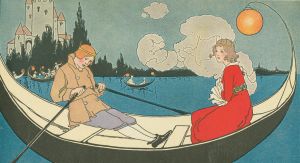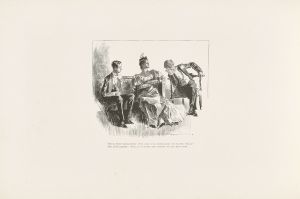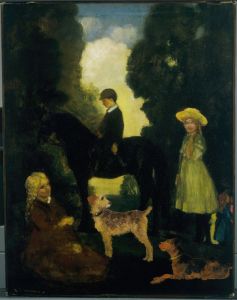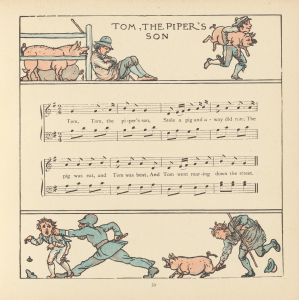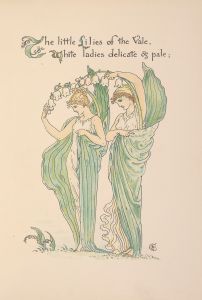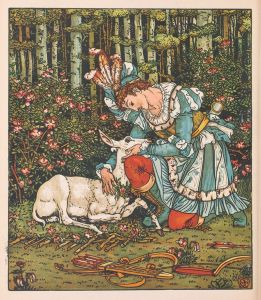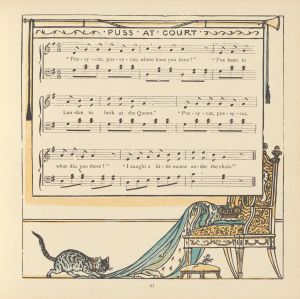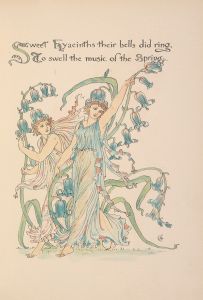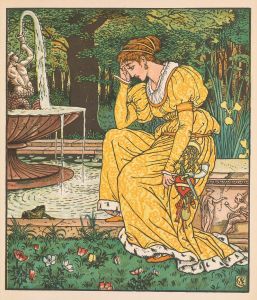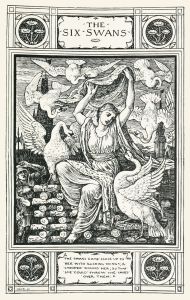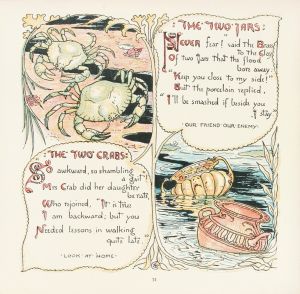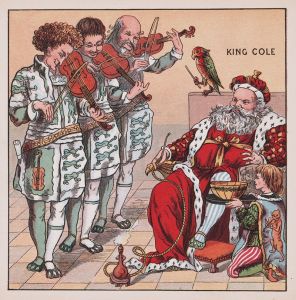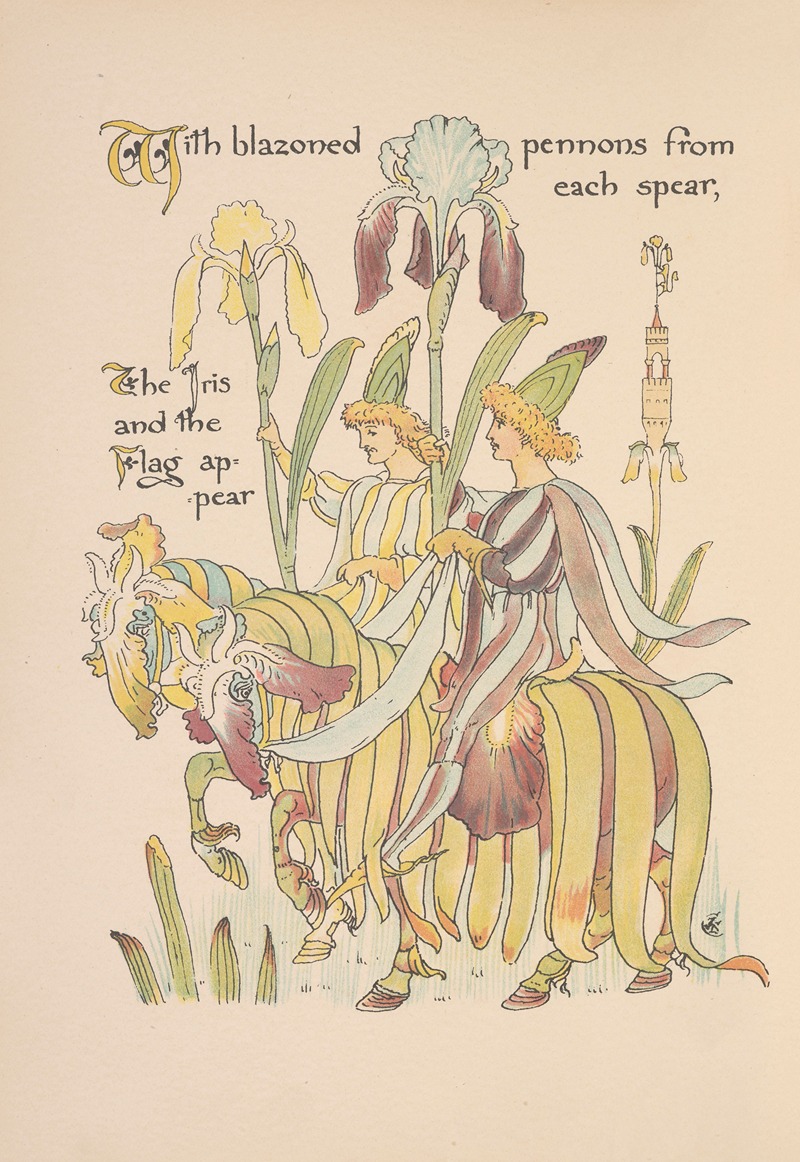
Flora’s feast; A masque of flowers Pl.16
A hand-painted replica of Walter Crane’s masterpiece Flora’s feast; A masque of flowers Pl.16, meticulously crafted by professional artists to capture the true essence of the original. Each piece is created with museum-quality canvas and rare mineral pigments, carefully painted by experienced artists with delicate brushstrokes and rich, layered colors to perfectly recreate the texture of the original artwork. Unlike machine-printed reproductions, this hand-painted version brings the painting to life, infused with the artist’s emotions and skill in every stroke. Whether for personal collection or home decoration, it instantly elevates the artistic atmosphere of any space.
Walter Crane was a prominent English artist and illustrator, known for his contributions to the Arts and Crafts Movement and his work in children's book illustrations. One of his notable works is "Flora’s Feast: A Masque of Flowers," a book published in 1889 that showcases Crane's exceptional talent in combining art with literature. Plate 16 from this book is one of the many illustrations that highlight Crane's distinctive style and artistic vision.
"Flora’s Feast" is a celebration of flowers, depicted through a series of illustrations that are both vibrant and delicate. Each plate in the book represents a different flower, personified and brought to life through Crane's imaginative and detailed artwork. The book is structured as a masque, a form of festive courtly entertainment that flourished in 16th and early 17th century Europe, involving music, dancing, singing, and acting. In this context, Crane's illustrations serve as a visual masque, with flowers taking on the roles of performers in a grand, floral celebration.
Plate 16, like the other illustrations in the book, is characterized by Crane's use of soft, harmonious colors and intricate line work. His style is heavily influenced by the Pre-Raphaelite Brotherhood and the Aesthetic Movement, both of which emphasized beauty and detail. Crane's work often features elements of mythology and fantasy, and "Flora’s Feast" is no exception, as it transforms the natural world into a whimsical and enchanting spectacle.
Crane was also known for his belief in the unity of art and design, a principle that is evident in "Flora’s Feast." The illustrations are not just standalone pieces of art but are integrated with the text to create a cohesive and immersive experience for the reader. This approach reflects the ideals of the Arts and Crafts Movement, which advocated for the integration of art into everyday life and the importance of craftsmanship.
In addition to his artistic style, Crane's work is notable for its accessibility and appeal to a wide audience. "Flora’s Feast" was designed to be enjoyed by both children and adults, with its playful yet sophisticated illustrations capturing the imagination of readers of all ages. The book's enduring popularity is a testament to Crane's ability to create art that is both beautiful and meaningful.
Walter Crane's contributions to art and illustration extend beyond "Flora’s Feast." He was a prolific artist who produced a wide range of works, including paintings, illustrations, and designs for wallpapers and textiles. His influence can be seen in the development of children's book illustrations and the broader field of graphic design.
Overall, Plate 16 from "Flora’s Feast: A Masque of Flowers" exemplifies Walter Crane's artistic talent and his ability to blend art with narrative. Through his detailed and imaginative illustrations, Crane invites viewers into a world where flowers dance and celebrate, capturing the beauty and wonder of the natural world.





